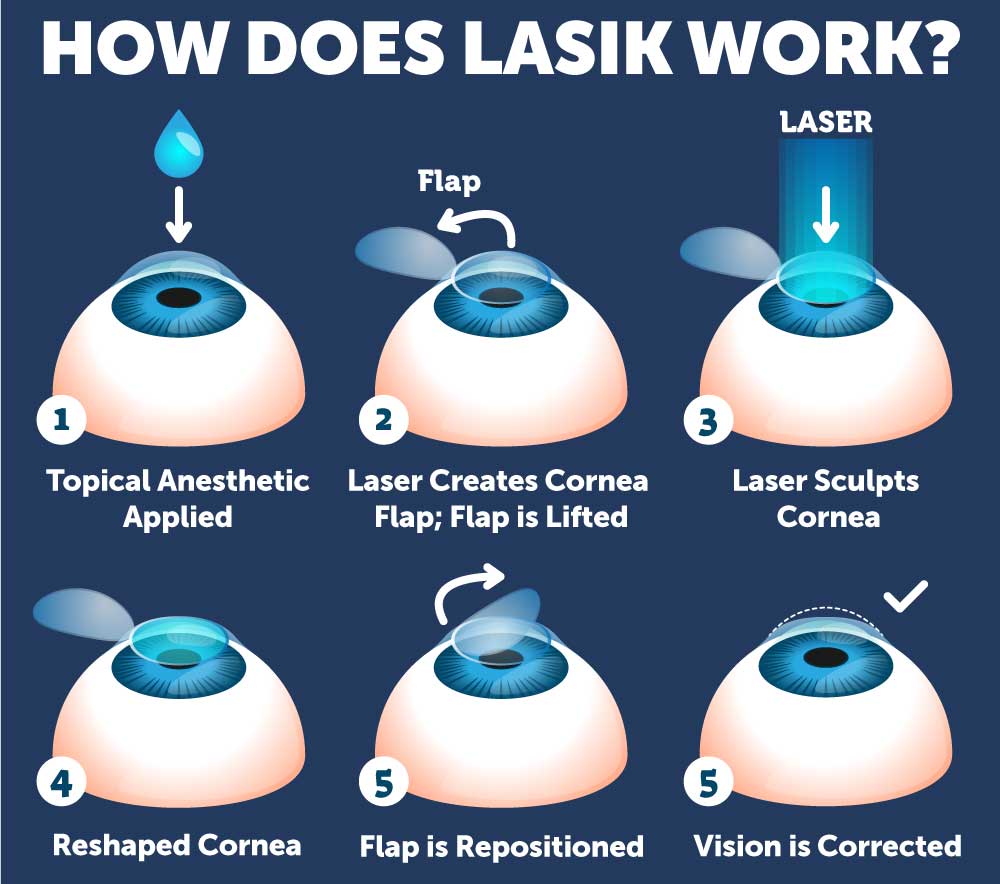Treatments For Knee Pain
 “I use to do so much stuff but ever since I got this pain in my knee my life has been turned upside down.” If this sounds like you then you are not alone as knee pain affects a significant portion of the population. Whether you may be 50 or 20, an athlete or a couch potato, it does not matter as knee pain affect individuals of all age and lifestyle, it has no favourites. Knee pain can be caused by increase tension on the knee brought on by extensive physical activity, or it may be a direct result of an injury to the knee. Knee pain can also be attributed to various diseases and infections. In treating knee pain a proper diagnosis is essential, treatment methods are tailored to the source of the problem and the severity of the pain.
“I use to do so much stuff but ever since I got this pain in my knee my life has been turned upside down.” If this sounds like you then you are not alone as knee pain affects a significant portion of the population. Whether you may be 50 or 20, an athlete or a couch potato, it does not matter as knee pain affect individuals of all age and lifestyle, it has no favourites. Knee pain can be caused by increase tension on the knee brought on by extensive physical activity, or it may be a direct result of an injury to the knee. Knee pain can also be attributed to various diseases and infections. In treating knee pain a proper diagnosis is essential, treatment methods are tailored to the source of the problem and the severity of the pain.
Minor knee pain can be treated using conventional household methods, ice, rest, compression. Rest is vital to recovery, by staying away from activities that may aggravate the injury you give the body time to recover and prevent recurrence. The amount of time taken to recover is dependent on the severity of the injury.
Applying ice to the injured knee not only reduces inflammation but also relieves pain. Ice should be used in 15 to 20 minute intervals, as any longer periods may cause damage to nerve endings and affect circulation.
Compression prevents the build up of fluid in the knee joint, these fluids causes inflammation and may also lead to infections, making the affected joint tender to the touch. Compression bands can be acquired at almost any store. When using a compression band ensure that it is not too tight as this will affect circulation in the knee and only worsen the pain.
Other methods of treating knee pain include physiotherapy, bracing, use of medication (pain killers, corticosteroid, hyaluronic acid etc.) and surgery. These treatment methods should be implemented after consulting with a physician.
Physiotherapy helps to strengthen the muscles in and around the knee joint, particular the quadriceps and hamstring muscles. This helps to provide stability in the leg and increases the amount of tension the knee can endure before buckling. Good physiotherapy decreases chances of a recurrence of most injuries.
Bracing is a recent technique used by individuals who suffer from osteoarthritis. This fundamentally is the use of arch supports on the inner or outer section of the heel to shift pressure away from the part of the knee mostly affected by osteoarthritis, thus greatly reducing pain and discomfort.
The use of medication is still the most common and most effective means of treating knee pain. Most over the counter topical ointments and pain killers goes a long way in relieving minor pain issues. For more severe pain brought on by conditions such as arthritis or tendinitis, stronger prescribed medication is required. One such medication is corticosteroid which is injected into the knee joint to stop arthritis flares and provide a few months of welcomed relief.
Surgery while usually a last resort can provide long lasting and in some cases permanent relief from knee pain. Surgery is usually done to drain fluids, repair damage tissue, remove obstructions and in rare cases replace a portion or the entire knee joint. This can be very expensive and is usually followed by extensive physiotherapy.
No matter the cause of your knee pain there is always something that can be done, and even though complete relief is not guaranteed in cases of severe knee damage; the little relief is more than welcomed, after all how long does it take to lift your child or dance with that special someone. Good luck.


